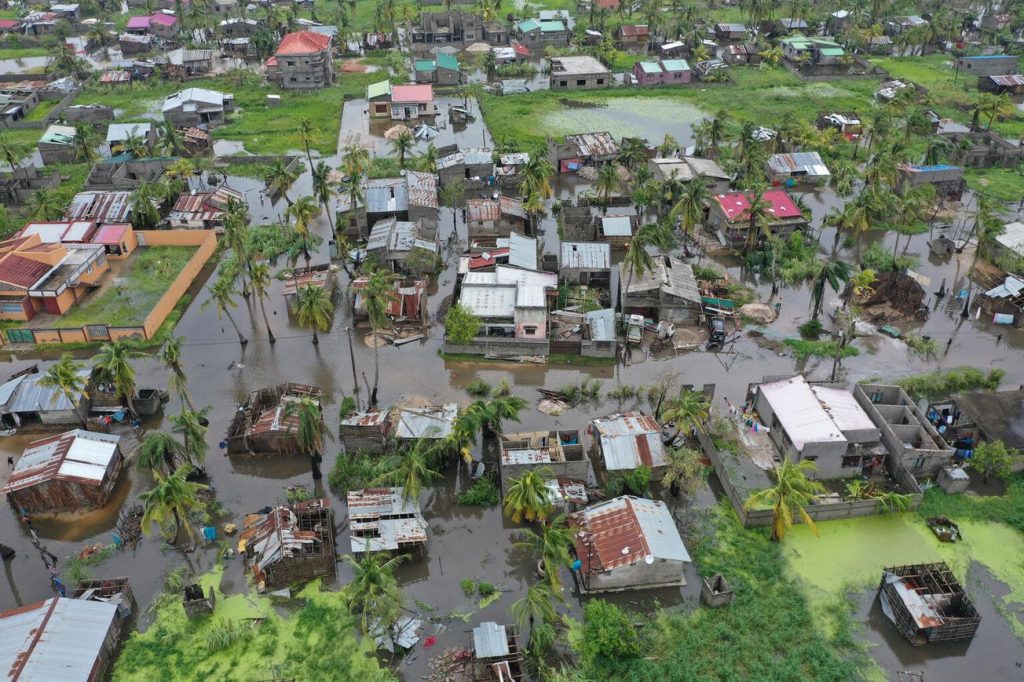At last year’s COP, world leaders pledged to increase funding towards climate initiatives. As the 29th session of the Conference of Parties (COP29) approaches, the Loss and Damage Youth Coalition has many expectations about how the Fund for Responding to Loss and Damage (FrLD) will be filled, the source of the funds and its sustainability in the long term.
The Coalition’s priority is concrete action from world leaders, particularly increasing finance for loss and damage. Pending approval of the World Bank’s hosting agreement of the fund, and with the Warsaw International Mechanism (the technical support arm for loss and damage) review coming up this COP, the Coalition is looking into how the Fund Board will assign the responsibilities to countries and will specify the sources of finance for the FrLD. According to Germanwatch’s recent paper on the Fair Shares in Loss and Damage Finance, $275 billion per year by 2025 is needed to respond to global loss and damage, while $435 billion per year by 2030 is needed. Until now, only $661.39 million is available arising from the pledges at last year’s COP. The amount promised is not even close to the amount required.
The paper also calculates the source of the funds based on two principles, namely common but differentiated responsibilities and respective capabilities, and the polluter pays principle. Both of these are directly or indirectly embodied in the Paris Agreement. With that, the source of the fund was calculated according to the responsibilities, capabilities and development needs of recipient countries. The paper provides a practical and realistic solution to be considered during the arrangements. The question here is not who can pay but about who would be willing to take accountability and pay. The findings conclude that the delays in the outcomes are ‘of a purely political nature and indefensible from a climate justice perspective’. That is why this year the LDYC’s top demand is that ‘The Fund for responding to Loss and Damage must start distributing funds in 2025, while current and future pledges must be turned into contributions.’ Considering the amount of money that was promised compared to the amount needed and the refusal and denial of the responsible countries to pay, the New Collective Quantified Goal (NCQG) must be agreed upon at this COP. Critically, it must include loss and damage as a third pillar in addition to adaptation and mitigation.
The fact that the fund is collected on a voluntary basis does not ensure its continuity or adequacy. At the same time, developing countries are drowning in debt and interest payments, trying to adapt to their changing environments. This is not climate justice. Every year, activists and campaigners show world leaders evidence of the impacts of inaction resulting loss and damage. The numbers are clear, the science is clear and the demands for justice are non-negotiable.
The Coalition has been working on a Framework model that showcases how the Loss and Damage Fund can operate most effectively from the perspectives of activists and researchers. Led by – LDYC Research Working Group Coordinators, the model mainly showcases how the Fund should be mobilised, connecting it to real-life stories from frontline communities who are facing the consequences of climate change. We tried to connect their voices and understand the gaps in the UNFCCC structure and decisions with the help of our advocacy group. From our research and our meetings with youth leaders, it is clear that communities are ready to work towards a solution. However we need national and international leaders to follow through on pledges and take accountability.
In the climate fight, we all need collective actions. We hope that this COP can be a place where progressive actions are made and where we won’t be waiting indefinitely for a decision to be made. Negotiations are exhausting and the dynamics between countries are complicated. Let us take a step back from this COP and look at the bigger picture before it is too late. This is the only planet that will give us the best life we can get. Let us not ruin this chance for ourselves and future generations.
For a closer look at the framework model and how the analysis is connected to the advocacy efforts, you can follow the LDYC on ldyouth.org.
Lamis Elkhatieb is an Egyptian Urban Planner and Policy Specialist, and one of the Loss and Damage Youth Coalition research coordinators.





